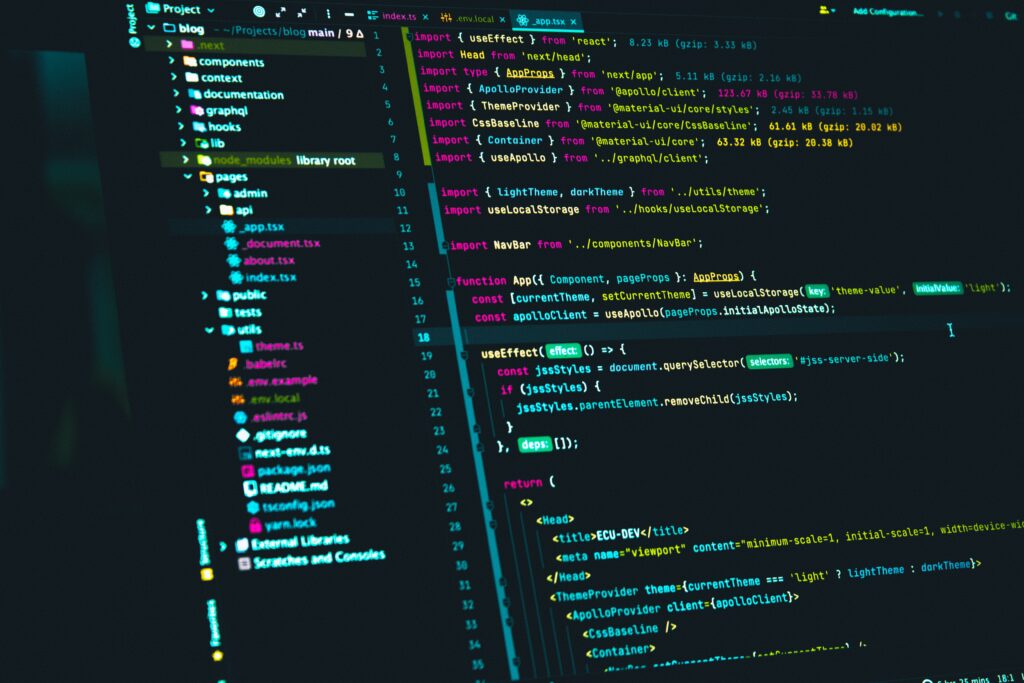
Programming means writing instructions for a computer to perform desired actions.
It is one of the most in-demand skills in the world.
Mobile apps, video games, websites, or any other piece of software is written by a programmer.
There are lots of things you need to understand to wrap your head around programming.
It is also important to realize programming is not all about writing code. Instead, programming is governed by a broader skill, software development.
In this article, you will learn everything you need to know about programming and software development.
In addition, you are going to find valuable information on how to become a software developer yourself.
What Is Software Development
Software development is the whole process of building software.
It involves designing, creating (programming), deploying, and supporting a computer program to solve customers’ problems.
A software developer is a person who is skilled in each of these aspects.
Programming is the central skill of a software developer.
After identifying the customer’s problem and carefully thinking about the solution, a software developer writes code to solve the problem.
The words programmer and software developer are used interchangeably. Sometimes software developers call themselves coders or programmers.
But technically, there is a big difference:
- A programmer is someone who only knows how to write code.
- A software developer is someone who can solve business problems with programming skills. They are skilled team players who can create, deploy, support, and even design software.
This is an important distinction to understand.
To make a living with programming, you have to become a software developer, not just a programmer.
Now that you understand what is software development, let’s focus on programming.
What Is Programming?
Programming means using code to make a computer perform desired actions.
A programmer is a person who gives a computer instructions to perform these actions.
The instructions are written in some programming language that the computer understands.
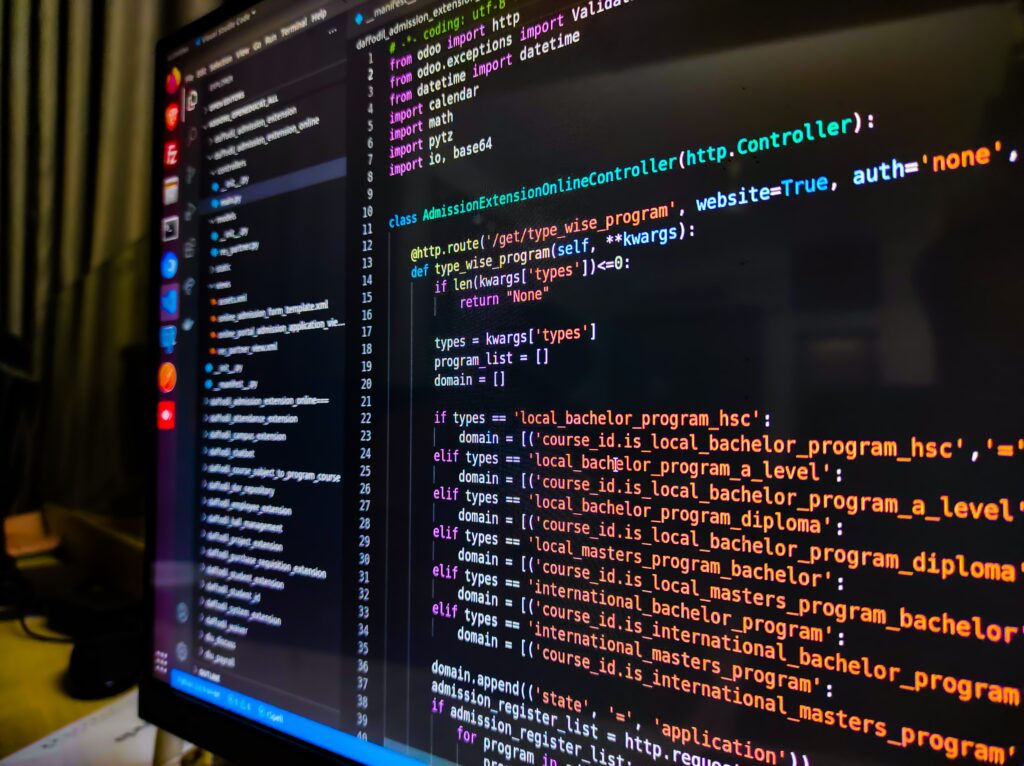

An instruction can be something simple like “Add up two numbers”, or “Say ‘Hello’ to the user”.
These instructions can be grouped together strategically to solve a bigger problem.
A bundled set of instructions is called a computer program.
A computer program can be distributed across different types of devices to end-users like you.
For instance, this article is delivered to you by a web-based program called WordPress.
Next, let’s take a closer look at what is a programming language.
What Is a Programming Language
A programming language is a language that a computer understands.
It is also something that a software developer understands.
The problem that programming languages solve is that:
- Computers only understand 0s and 1s.
- Humans do not understand 0s and 1s.
A programming language is an intermediary between a computer and a programmer.
A person can learn a programming language.
A computer knows how to translate the programming language to 0s and 1s.
When a programmer tells a computer to do something, they write the instructions in a programming language. These instructions are then translated to machine-level code which only the computer understands.
Types of Programming Languages
There are hundreds of different programming languages with different syntaxes.
All the programming languages share a common goal—to be able to control the behavior and output of a computer.
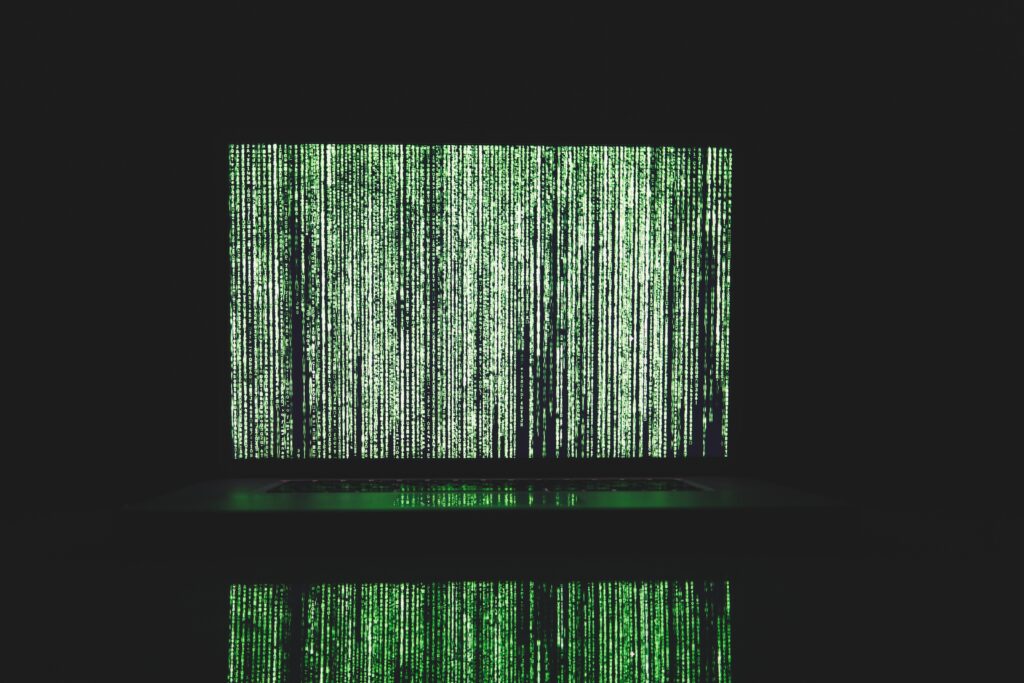

Programming languages are roughly categorized into two groups
- Low-level programming languages.
- High-level programming languages.
Low-level programming language means that the language is close to machine code. This makes it highly efficient. But this also makes it hard for us developers to understand, debug, and maintain.
These days, it is not common to write programs in low-level languages anymore.
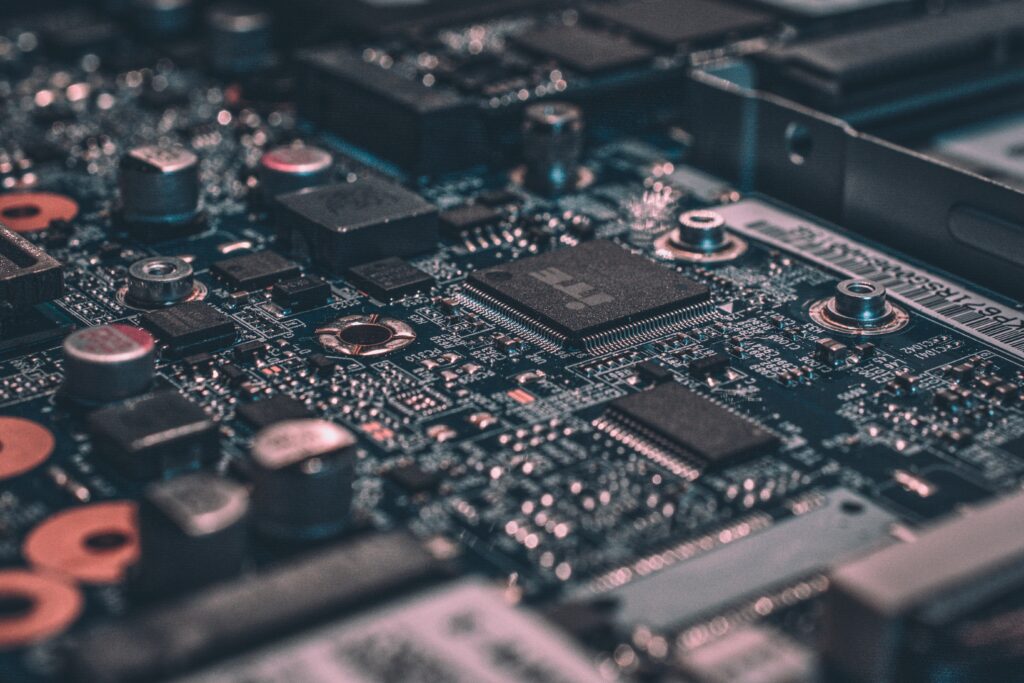

High-level programming languages tend to be more “English-like” languages that are easier to learn. This is because a high-level language is easier to write and read.
Also, a high-level program is less independent of the type of computer used to run it.
Almost all the programming languages you encounter these days are high-level languages.
Here is a table that compares high-level programming languages with low-level ones:
| High-Level Programming Language | Low-Level Programming Language |
|---|---|
| Widely used | Uncommonly used |
| Less memory efficient | Memory efficient |
| Easy to understand | Hard to understand |
| Easy to point out code errors | Hard to point out code errors |
| Easy to maintain | Complex to maintain |
| Portable | Non-portable |
| Runs on any system | Depends on system |
| Developer-friendly | Machine-friendly |
In the next chapter, we are briefly going to take a look at the most popular programming languages out there.
If you are not interested, feel free to skip to the next chapter where we talk about how hard it is to learn to program.
Popular Programming Languages
There are hundreds of programming languages out there.
Here is a list of 10 notable programming languages with brief introductions and example uses.
Almost every programming language mentioned in this list is an example of a high-level programming language.
1. Python
Python is the most popular programming language based on search volumes.
Python is commonly recommended as the first programming language to learn. This is because it is not only easy to learn, but it is also a very applicable programming language.
You can use Python in machine learning, artificial intelligence, data science, or practically anything.
If you are interested in learning why Python is still a relevant language, feel free to read 8 Reasons Why Python Is Worth Learning.
2. JavaScript
JavaScript is a powerful programming language used to create effects on websites. It is also one of the most popular languages to date.
Web software developers use JavaScript to add interaction to websites.
For instance, when you fill in a form or see an animation on a web page, chances are it is powered by a JavaScript program behind the scenes.


3. C
C is a programming language that was created in the early 1970s.
It is one of the oldest programming languages.
C has become one of the most widely used languages for software development and it’s still being taught in Computer Science courses today.
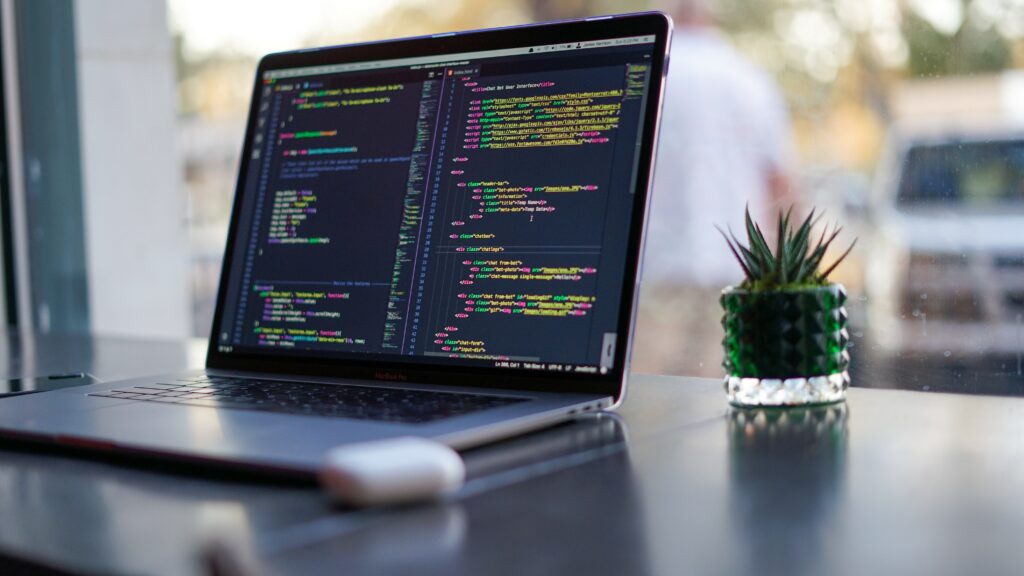

The features of C which helped make it so famous are its low-level features. These include memory management with nearly direct access to hardware components.
C is considered a “mid-level” language. It is not as low-level as assembly languages. But It is more low-level than most of the popular high-level languages like Python or JavaScript.
C can be used for both systems and application development because of its flexibility, efficiency, and wide support by hardware manufacturers.
4. Java
Java programming is a general-purpose language that runs on the Java Virtual Machine.
Java is used to develop applications for desktops, web servers, and mobile devices. It is also widely used in game development.
Java has some similarities with C++, which is another popular programming language.
5. C++
C++ derives from a language called C which is still one of the most widely used programming languages today.
In general, C++ can be considered an extension of the popular programming language C.
C++ is a powerful programming language that can be used to do the heavy lifting behind the scenes.
For example, popular game engines are built with C++.
6. C#
C# is a programming language designed to compete with Java.
C# is used to create desktop apps, web apps, and web services. It is also used in Game Development with Unity.


7. Visual Basic
Visual Basic is a programming language family written by Microsoft.
For example, you can use Visual Basic for Applications (VBA) to create macros to automate repetitive tasks in MS Office tools, such as Excel.


Visual Basic is an internal programming language that is used under the hood in MS Office tools like Excel and Word. This means you do not really encounter software that is written in Visual Basic.
8. PHP
PHP is a server-side scripting language used to build dynamic web pages.
PHP programming is a server-side scripting language that runs on the web.
It allows developers to write dynamically generated HTML pages quickly, eliminating the need for updating static files every time there’s new content.
In other words, PHP makes it possible to update a webpage without having to rebuild it from scratch.
9. Assembly Language
Assembly language is a low-level programming language for computers. These days, Assembly language is mainly used for hardware manipulation.
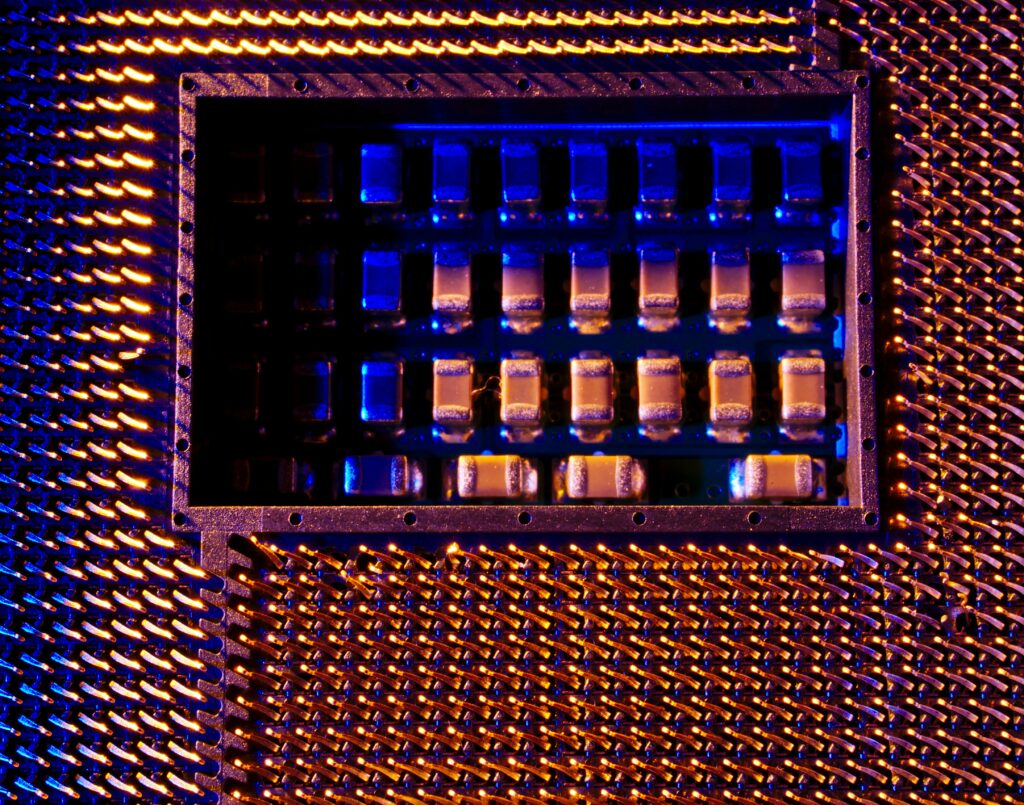

Almost all modern software is written in a high-level programming language, such as C, Python, JavaScript, and so on. Thus, you will not see many applications written in Assembly anymore.
10. SQL
The internet is full of data. This data is stored in databases, which are tables of rows and columns.
Needless to say, accessing and modifying this data is in a crucial role in making the internet work the way we are used to. To efficiently access and modify data in databases, programmers use Structured Query Language, SQL.
SQL allows you to easily store and retrieve data from the database.
Is Programming Hard
Programming is not hard, but it takes time to learn.
The learning curve of a programming language is similar to learning a new foreign language.
It can take months before you can really use it.
Similar to learning foreign languages, learning programming languages becomes easier when you have learned one.
Programming languages belong to the same family. Each language follows the same basic principles.
This makes it easier to learn more programming languages after you have become good at one of them.
Should I Learn Programming?
You should definitely learn to code if that sounds like something you’d like to try. But remember that the landscape is changing quickly.
As of the release of ChatGPT and GitHub Co-Pilot, you can write code way quicker and more efficiently than before by using AI. If someone says coders are going away because of AI, that’s not the case (yet). There’s a huge demand for coders in all fields of technology. The AI is just an assistant that can make you work faster.
Software developers are in high demand and the world is heavily dependent on people who can code.
For example, all online businesses are crafted and maintained by software developers. Without software developers, you would not even be reading this article.
As more and more industries are moving towards automation, the number of software developer positions keeps growing.
And the salary is not bad either.
Software development is one of the rare jobs that can be 100% remote. For someone who likes to work from home, this is a win-win situation.
Thinking like a software developer also supports other aspects of life such as creativity, problem-solving, and mathematical thinking.
I am not saying everyone should become a software developer, but I think everyone should give it a try.
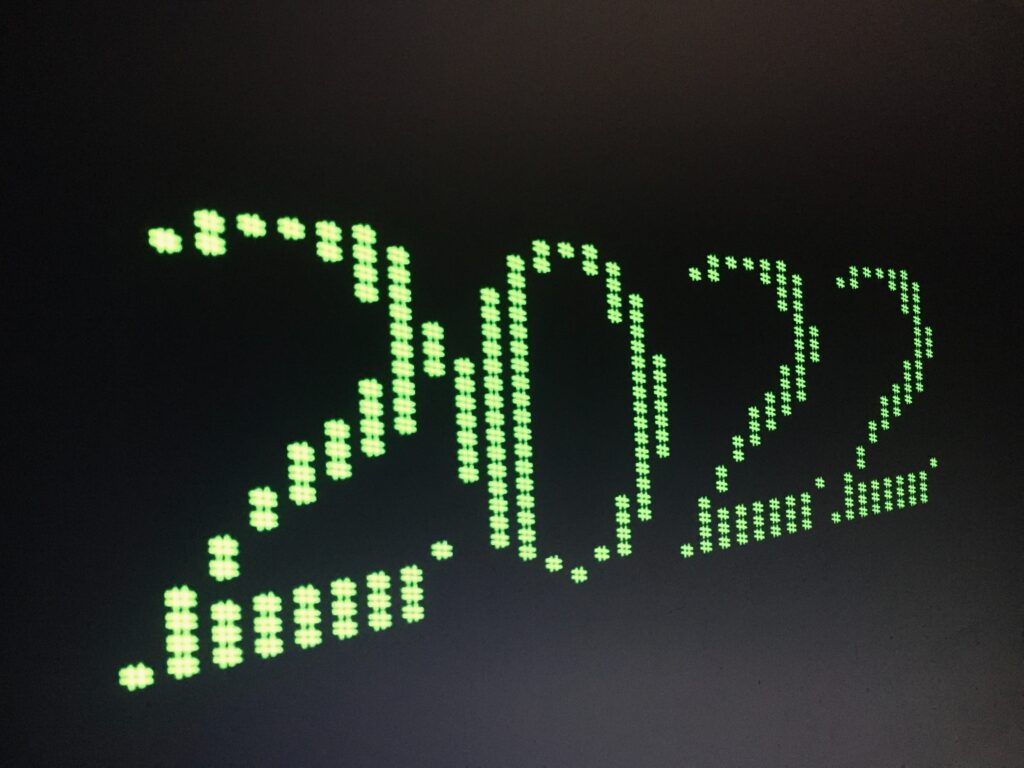

What Programming Language to Learn First
Unless you have a really clear picture of what types of programs you want to write, start with Python.
Python is one of the most popular programming languages to this date.
It is a beginner-friendly language that is easy and even fun to learn.
There are tons of tutorials, books, and blogs about Python available on the Internet.
Python is a universal programming language you can use for almost anything. You can build games, web pages, do maths, do machine learning, and so on.
Thus it is not only the easiest language to start with but also one of the most applicable ones in the field.
How Does Python Code Look Like
If you have not seen what program code looks like, you probably expect something like this:
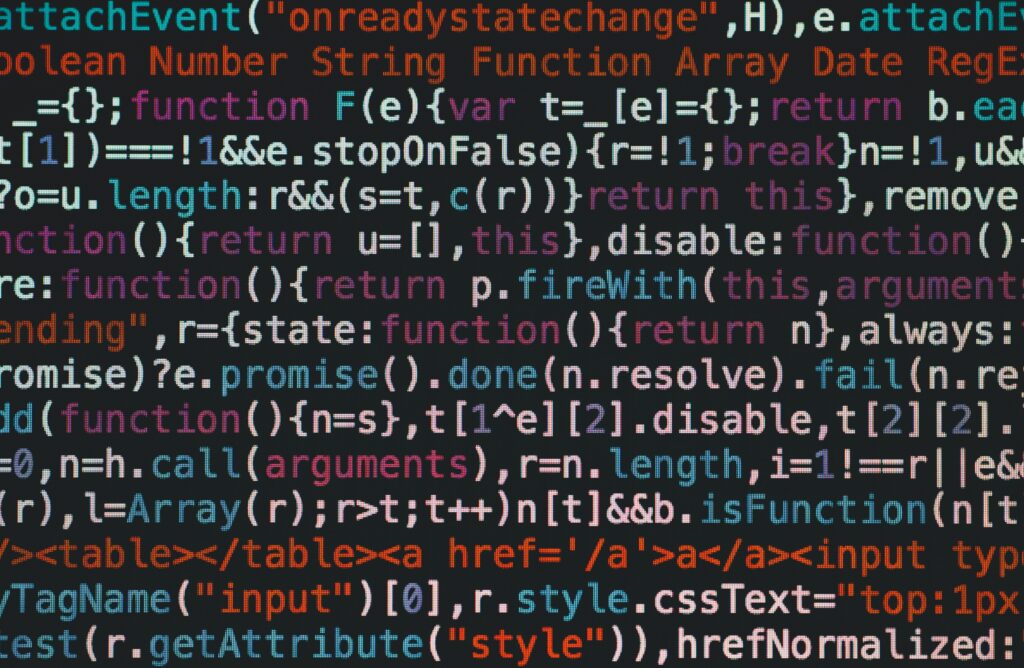

But trust me, it never looks like this.
The code in the image is complete nonsense that is not supposed to be read by a human.
To illustrate the understandability of Python, consider this small program. It displays a message based on whether the age is 17 or not:
myAge = 20
if myAge > 17:
print("You are an adult.")
else:
print("You are a minor")
You would probably have a good idea of what above the program does, even if you haven’t coded before.
This is one of the benefits of starting with Python. It reads almost like English.
For the sake of comparison, if you wrote the same program in C++ it would look like this, which is already less readable for beginners:
#include <iostream>
int main()
{
int myAge = 20;
if (myAge > 17) {
std::cout << "You are an adult" << std::endl;
} else {
std::cout << "You are a minor" << std::endl;
}
}
How Long Does It Take to Learn Python
Very roughly, it can take 500-1000 hours under optimal circumstances to become a job-ready programmer.
If you have zero background in programming, it can take hundreds of hours before you have the skill set to create your own “real” projects.
And by this I mean it takes a long time before you can write “basic” programs such as sudoku solver, or snake game.
Furthermore, you need to constantly practice your skills.
Remember, watching a tutorial is not enough.
You should always write and understand everything you see to actually learn.
To get a good idea of how long it really takes, feel free to read this article.
How to Get Started with Programming
The best way to get started is by finding a tutorial/book dedicated to beginners.
If you are just trying it out, I recommend finding a free tutorial.
However, if you want to become a software developer quickly, you should invest in education, either by joining a boot camp or applying to a university.
Here is a list of great tips to learn to code faster.
As mentioned in the previous chapter, watching a programming tutorial is not enough.
You have to write code at the same.
If you watch a 3-hour tutorial without writing a single line of code, you have learned nothing.
Make sure to always repeat and understand everything you see.
Do You Need a Degree in Programming?


You can become a self-taught programmer who is just as competent as someone with a degree.
To land a software developer’s position, you do not necessarily need to have a college degree.
Either way, you need to have experience.
If you have no previous working experience, having a bunch of side projects is a perfect way to showcase your skills to recruiters.
As someone who has studied computer science and worked as a software developer, I want to share a list of pros and cons related to getting a college degree:
Pros
- College courses set the pace. You need to study hard only to keep up. This leaves no room for procrastination.
- College can lead you to the right path.
- To graduate, you need to have studied a broad variety of courses on different topics. This makes you a more universal computer scientist. It also opens up new opportunities you may never have considered.
- Other students, assistants, and even professors are there to help you.
- You team up with talented, like-minded people. These are your future colleagues and co-founders.
- You might lose your job, but no one can take your degree.
- Some software companies prefer applicants with a degree.
Cons
- Studying takes years.
- Applying is stressful.
- The competition between students can be stressful.
- Studies are expensive.
- You have intense courses in maths.
- Outdated course materials—programming languages are updated too often for courses to keep up.
- You scratch the surface of everything which makes you an expert at nothing.
As you can see, there are lots of great reasons to study and not to study programming to become a software developer.
To put it in one sentence, a degree in computer science is great but not necessary.
Don’t Be a Programmer—Be a Problem Solver


As discussed earlier, learning how to write code does not guarantee you a position as a software developer.
A programmer is a bad title name. It highlights that the person only writes code.
The truth is building software is never about only writing code.
This is why companies do not really hire programmers or coders. They want software developers.
Software development involves much more than coding.
Usually, software developers spend less than one-third of their time writing code. Most of the time is spent on planning, maintaining, testing, even working directly with customers, and so on.
But the most important thing you as a software developer must deliver is to solve problems. Every piece of code you write, should solve a problem or at least be part of solving a problem.
If you cannot solve problems, you are not a competent software developer.
Google Is Software Developer’s Best Friend
Every software developer uses Google on a daily basis.
They do it so much that it has become a meme.

Even though it might seem exaggerated, it is real.
Software developers need to search for help by Googling stuff on the internet.
But why?
Aren’t they skilled enough to solve problems by themselves?
It boils down to probabilities.
When a line of code causes an error, it is likely someone else has had the same problem. Instead of spending hours to figure out what’s going on, it makes more sense to do a quick Google lookup to solve the problem.
This happens a lot. Every software developer performs dozens of daily Google searches for help.
Remember, do not be ashamed of looking up things on the internet.
Last but not least, let’s go through some programming terminology.
Basic Programming Terminology
Let’s finish this article with a sneak peek at programmers’ everyday terminology.
Not only is this useful for beginner developers, but it also teaches you some common knowledge.
Here is a list of 10 terms used broadly among software developers and programmers.


1. Algorithm
Algorithms are all the things that go into making a search engine, or any other type of software for that matter.
An algorithm is a set of instructions given to a computer to perform a task. It is a step-by-step guide for the computer to get the job done.
A real-life example of an algorithm could be a recipe for baking a cake.
2. Code
A computer program is written by programmers. It consists of source code. The code refers to the instructions written for the computer to perform specific tasks.
The source code is always written in some programming language.


3. Hardware
A computer is a machine that can be instructed to carry out sequences of arithmetic or logical operations automatically via computer programming.
The hardware consists of the physical components making up a computer system, such as the microprocessor and memory chips found in an integrated circuit chip. Without this hardware, a computer is just an inert collection of metal and plastic.
The hardware also consists of all the parts that form a computer system or device to which they are attached: monitor, keyboard, mouse, and so on.
4. Software
Software means programs that make the computer work. Any kind of software consists of instructions that make the computer perform different tasks that solve a problem.
The software can be a simple program that for example converts a video to a GIF. This kind of program is easy to develop as a solo developer.
The software can also be a very complex system, such as Adobe Photoshop. This kind of software is impossible to develop without a team of hundreds of skillful developers.
5. Bug
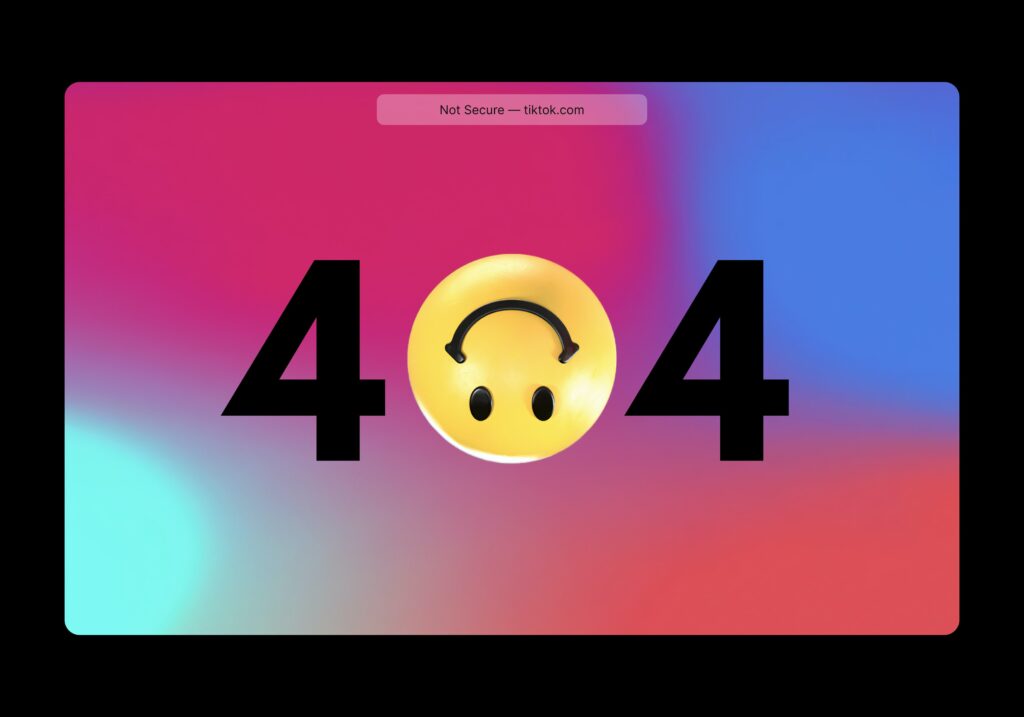

Bugs in programming are a type of error that occurs during software development. They are unexpected results or behaviors that the program produces when executed by a user, either on its own or as part of a larger system.
Bugs can make software developers scratch their heads for long periods of time.
Also, what makes bugs really annoying is the process of finding what causes them.
6. Stack Overflow
Stack Overflow is a go-to forum for software developers. In this forum, software developers ask help for with issues in their code.
When you Google coding issues, you commonly stumble across a Stack Overflow answer.
Stack Overflow has two main sections: Questions and Answers.
A software developer can ask questions related to their issues in code. Then other developers can leave answers to the questions.
What makes it efficient is that any answer is voted on by others to emphasize legitimacy. The answer with the highest votes is usually the “correct answer” to the question and is pinned on the top of the thread.
7. Version Control
Version control is the management of changes to documents, computer programs, large websites, and other collections of information. Changes are usually identified by a number or letter code, termed the “revision level”.
Version control makes it possible to develop software in teams.
The version control keeps track of the history of the program. It allows making independent copies of the program to make changes. After making changes to the program, a developer can publish the changes by merging changes back to the original program.
Here is an image of version control tracking the history of a program:
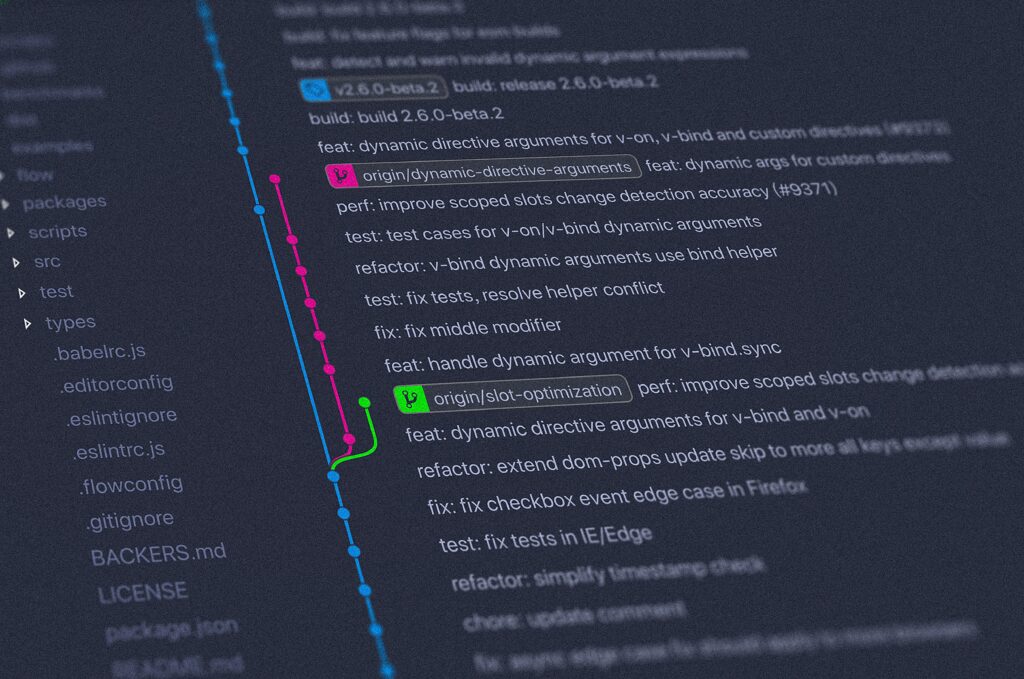

A commonly used version control system is Git. There is a cloud-based hosting service called GitHub that allows you to access Git code repositories via the internet.
8. Junior Developer
A junior software developer is a person who has some months up to a couple of years of experience in programming. This person has a lot of potential and room for growth as a software developer.


You can consider a junior developer like a little sponge that constantly absorbs information about coding practices and programming languages.
Junior developers typically work on small tasks independently but need a lot of guidance in the big picture.
9. Senior Developer
A senior developer, as the name suggests, is an experienced software developer. It is not set in stone when someone becomes a senior developer. Every company can define junior and senior differently.
You might even be a senior developer in the previous company but a junior developer in the next one.
Commonly, you can expect to be called a senior developer after 5 years of hard work as a software developer in a software company.
Senior developers have in-depth knowledge of a variety of software technologies. They are a great help when implementing new systems or tools. A senior developer handles big entireties of code. A great senior developer can look far to the future when it comes to writing sustainable code.
10. PR or Pull Request
Programmers do not write code for the production version of the software. This would be way too risky. Instead, they use version control to take a copy of the “real” program to make changes to it.
When the changes are made, the programmer requests the owner of the program to merge the changes into the real program. In programming terms, they create a pull request or a PR. This is a request for the real program to pull the changes from the developer’s version to use.
Conclusion
Programming means making computers solve tasks.
A programmer or a software developer is responsible for writing computer programs. A computer program is written in some programming language, that the computer understands.
A program consists of algorithms, that is, “recipes” or step-by-step guides for the computer on what to do.
Software developers are in demand. Almost every business depends on modern technology, which in turn, is heavily dependent on software developers.
To become a software developer, you should learn how to write code. A great programming language to start is Python. Notice that it takes hundreds of hours to become good at programming.
You can apply for a college to support your learning as a software developer, but this is not mandatory. Most recruiters prefer experience over a degree.
Thanks for reading. I hope I was able to make you become interested in programming!